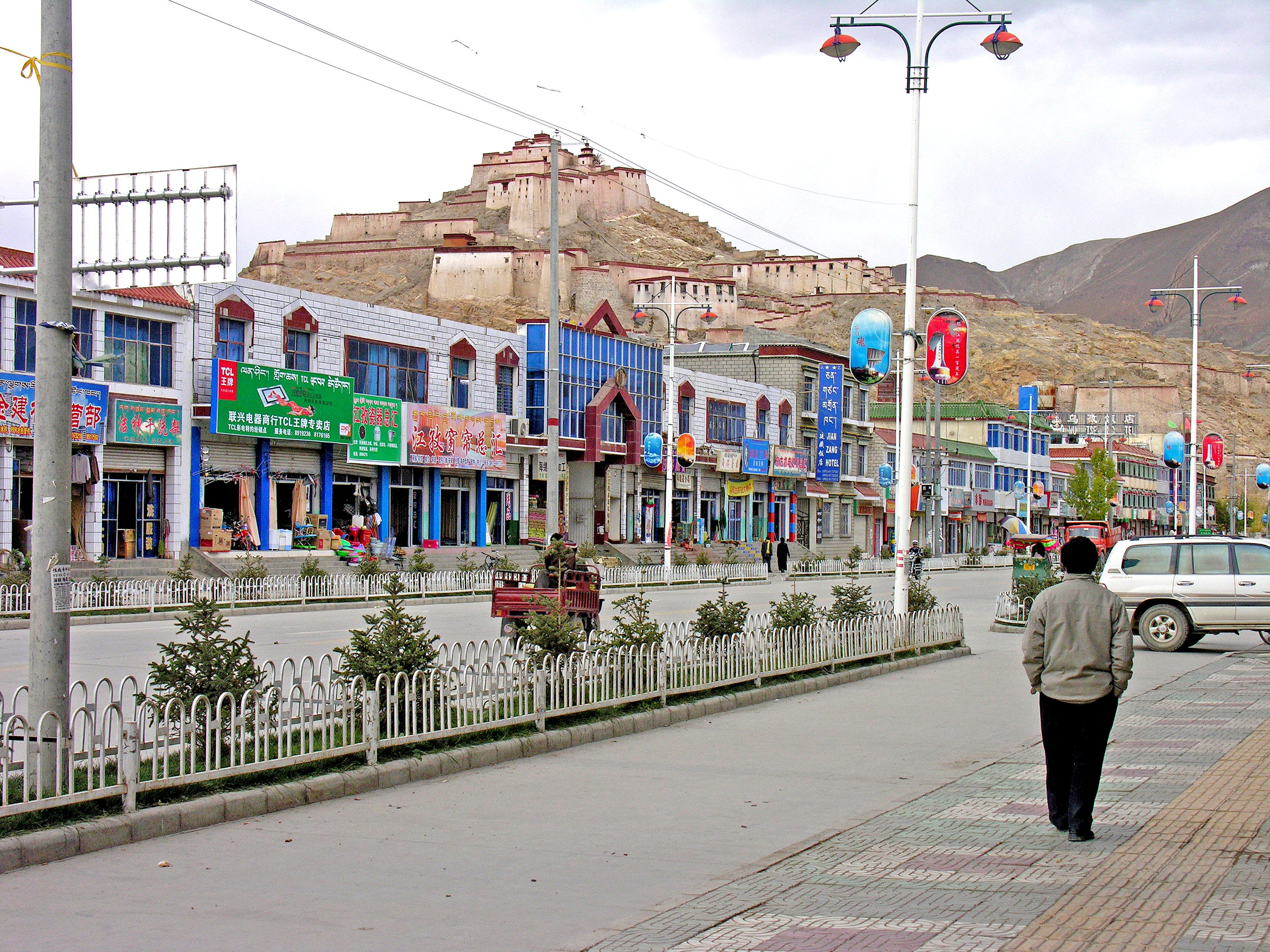Why is China Building Islands in the South China Sea?
Hundreds of miles south of mainland China, in waters that lie east of Vietnam, west of the Philippines, and north of Malaysia, China has been building islands. Starting with a rock or a reef, they pile up sand and rocks before covering the new land with cement. The islands aren’t big enough for farms or towns. What is China up to?
The simple and accurate answer is that China wants to strengthen its claim to control over the South China Sea. No one owns the waters of the world, but having the ability to control what goes on there—officially or unofficially—can be crucial.
It’s hard to overstate the importance of the South China Sea. Thousands of ships pass through every month, many of them bigger than the islands that China is building. These ships carry more than a third of the world’s trade and half its natural gas. 10 million barrels of crude oil pass through each day on their way to the thirsty economies of China, Japan, and South Korea.
If anything disrupted these shipping lanes, China would be in deep trouble. It’s no wonder China wants to control these waters. Since the 1930’s, China has been producing maps that lay claim to almost all the South China Sea.
The problem is that its neighbours aren’t so keen. For Vietnam, Malaysia, Singapore, Borneo, the Philippines, and Thailand, China is the biggest kid on the block and might turn into a bully. They just as much as China depend on the sea for their prosperity, so they don’t want China to control the waters.
Fortunately, there are international laws that cover disputes like this. Unfortunately, they are less decisive than you might hope. The United Nations Convention on the Law of the Sea states that every state can claim an exclusive economic zone (EEZ) that extends 200 nautical miles (370 km) from its shores. Any fish in that sea or oil underneath it is yours.
On that basis, China gets hardly any of the South China Sea. Vietnam, Malaysia and the Philippines all get more.
And that’s why China is building islands. Because if it turns out that China has islands in the sea, that changes everything. By law, every island gets its own EEZ. The islands mean China can claim thousands of square miles of water. To qualify as an island, the land has to sustain human habitation or economic life, and there are awful stories of Chinese soldiers getting sick on rocky outcrops that aren’t large enough for a soccer field.
The problem for China is that artificial islands don’t count. In 2016, a tribunal in the Hague handed down a ruling on the contested waters that sided firmly with the Philippines and against China.
But there’s another way that you can claim water, and that’s by showing you’ve had historic control of it. But there’s no evidence that Chinese sailors even visited these waters between the 1400s and the 1900s.
So, the law is against China. But Chinese officials have known this all along. They just don’t like the law and are intent on challenging it. For one, the laws of the sea don’t work as well for them as they do for, say, Argentina or the US. Geographically, China is hemmed in, so has to share waters not only in the South but also in the north with Japan and North and South Korea.
Worse, China believes that the international laws are unjust. They argue the Americans and the British created the laws to consolidate dominance of the waves that they had already achieved. The Chinese have a point here. The British ruled the seas in the 1800s and the US has done so since 1945. The grabbed key islands (think Hawaii, Gibraltar, Guam), then announced international laws to respect everyone’s claims. Of course, they benefited the most.
It’s hard to be a rising superpower. China looks at American dominance in the Caribbean and thinks it deserves something similar in the South China Sea. But its neighbours are anxious, and many are allies of the US. By contrast, Mexico, Venezuela and the rest of Latin America have no strong friends and acquiesced to American dominance long ago.
Everyone inside China knows a story that everyone outside China needs to learn if they want to understand the country. It’s called The Century of National Humiliation. Here’s a summary: China used to be the wealthiest and most powerful country in the world (true). Then in the 1840’s Britain defeated China in war because the Chinese resisted Britain’s desire to sell opium in their country (true). There followed a hundred years when foreign powers exploited China until the Communist revolution of 1949 (also true).
Now China wants its place at the head of the table back. Maybe not for the whole world, but certainly for Asia. It believes the apparently neutral laws of the United Nations protect American global power and thwart China’s rise. That creates resentment.
For now, China is content to build a few islands and try to win over its neighbours with a mixture of investment and intimidation. Who has long-term control of the South China Sea remains to be seen. America has battleships nearby to protect its interests and its allies.
The situation is worryingly reminiscent of the early 1900’s, when a fast rising Germany resented the global advantage held by Britain, which had industrialized earlier, built an empire, and become the world’s strongest power. German frustration and Britain’s determination to stay on top helped cause two world wars. Let’s hope and pray for a more peaceful resolution as the United States and her allies work out what to do about our century’s fast rising Chinese superpower.





